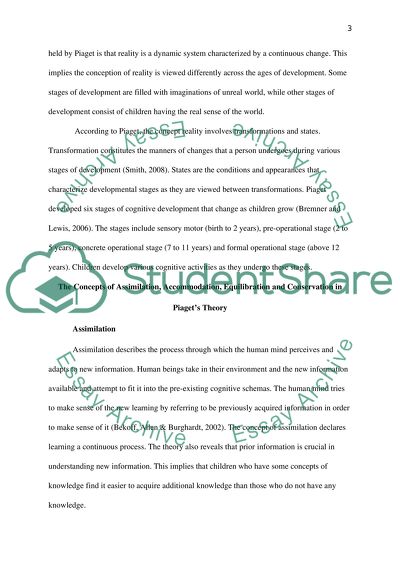Cite this document
(“Compare and contrast the Piagetian,Vygotskian and information Essay”, n.d.)
Retrieved from https://studentshare.org/education/1490721-compare-and-contrast-the-piagetianvygotskian-and
Retrieved from https://studentshare.org/education/1490721-compare-and-contrast-the-piagetianvygotskian-and
(Compare and Contrast the Piagetian,Vygotskian and Information Essay)
https://studentshare.org/education/1490721-compare-and-contrast-the-piagetianvygotskian-and.
https://studentshare.org/education/1490721-compare-and-contrast-the-piagetianvygotskian-and.
“Compare and Contrast the Piagetian,Vygotskian and Information Essay”, n.d. https://studentshare.org/education/1490721-compare-and-contrast-the-piagetianvygotskian-and.


